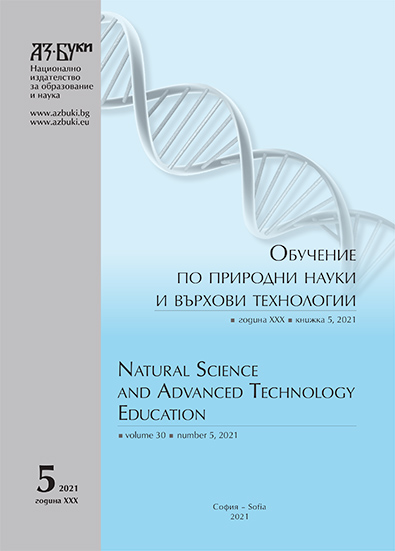POTENTIAL APPLICATIONS OF ANTIBACTERIAL COMPOUNDS IN EDIBLE COATING AS FISH PRESERVATIVE
POTENTIAL APPLICATIONS OF ANTIBACTERIAL COMPOUNDS IN EDIBLE COATING AS FISH PRESERVATIVE
Author(s): Maulidan Firdaus, Desy Nila Rahmana, Diah Fitri Carolina, Nisrina Rahma Firdausi, Zulfaa Afiifah, Berlian Ayu Rismawati SugiartoSubject(s): Social Sciences, Education, School education, Vocational Education, Adult Education, Higher Education , State/Government and Education, Distance learning / e-learning, Pedagogy
Published by: Национално издателство за образование и наука „Аз-буки“
Keywords: edible coating; antibacterial;preservative;
Summary/Abstract: Fish is a product that breaks down quickly due to biochemical reactions that cause a decrease in the quality of its nutritional and sensory values. Natural preservatives make fish safer for consumption than fish preserved with formalin. Edible coating is a preservative that can be eaten, can prevent biological, chemical and physical changes, is able to prevent mass transfer, acts as a moisture barrier, be contained antimicrobial/antibacterial and antioxidants, increases shelf life, as well as protects food from microbial contamination. Antimicrobial/antibacterial compounds added to edible coatings are able to inhibit food degradation and/or remodel toxic compounds such as free radicals. Antimicrobials can be obtained from plant extracts such as alkaloids, flavonoids, saponins, tannins, phenolic acids, and eugenol. These compounds can slow the growth of bacteria in fish namely Escherichia coli, Pseudomonas aeruginosa, Staphylococcus sp., Staphylococcusaureus, Psychrotrophic and Psychrophilic bacteria counts, Enterobacteriaceae, and lactic acid bacteria. This article reviews the application of various antibacterial compounds from various plants that are added to edible coatings as preservatives in fish.
Journal: Обучение по природни науки и върхови технологии
- Issue Year: 30/2021
- Issue No: 5
- Page Range: 454-469
- Page Count: 16
- Language: English
- Content File-PDF

